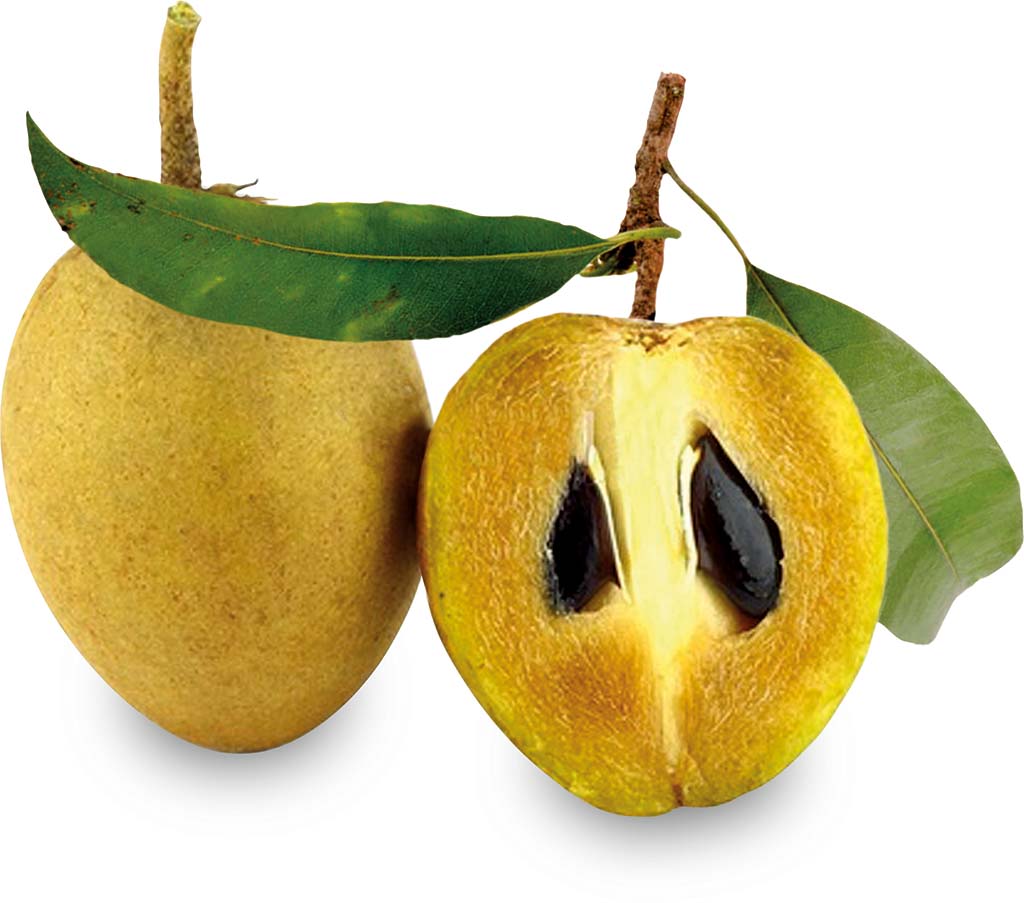A sap-giving tree
 Gutta-percha is closely related to natural rubber. The main provider of this natural polyterpene or polyisoprene is gutta-percha (isonandra gutta), which is found in the rain forests of Malaysia and Indonesia. Its name also comes from Malaysia: getah=rubber and percha=tree. The milky sap (latex) is usually extracted by cutting notches into the trees’ bark. Procedures also exist in which gutta-percha is extracted from leaves and twigs by using specific solvents.
Gutta-percha is closely related to natural rubber. The main provider of this natural polyterpene or polyisoprene is gutta-percha (isonandra gutta), which is found in the rain forests of Malaysia and Indonesia. Its name also comes from Malaysia: getah=rubber and percha=tree. The milky sap (latex) is usually extracted by cutting notches into the trees’ bark. Procedures also exist in which gutta-percha is extracted from leaves and twigs by using specific solvents.
In the year 1843, the Englishman Montgomery came across this interesting raw material in Singapore and immediately recognized its beneficial properties. After he had brought back samples with him to England, the large-scale import to Europe began shortly afterwards. The impending extermination of the sap-giving trees was avoided by plantation cultivation. In the middle of the 19th century this natural product was favoured for the manufacture of golf balls, jewellery and decorative accessories. Due to its good insulating properties, gutta-percha was also used for decades as a coating for electric cables.
 Gutta-percha already found its way into dentistry in 1847 and was used as a filling material for the first time in the USA. Originally molten lead was used for this purpose. Gutta-percha replaced lead and was used experimentally in many areas of application. For today’s daily work, two forms are still of relevance: gutta-percha sticks for root canal fillings, and sealing gutta-percha for temporary sealing of cavities.
Gutta-percha already found its way into dentistry in 1847 and was used as a filling material for the first time in the USA. Originally molten lead was used for this purpose. Gutta-percha replaced lead and was used experimentally in many areas of application. For today’s daily work, two forms are still of relevance: gutta-percha sticks for root canal fillings, and sealing gutta-percha for temporary sealing of cavities.
Gutta-percha has exceptional thermal isolation properties, high biocompatibility and a clinically proven antibacterial effect (bacteria find it especially difficult to attach to its surface).
The stick material is heated before use until it becomes soft and kneadable at approx. 50°C and can then be inserted into the cavity in a thermoplastic state. Gutta-percha can then be removed relatively quickly and without having to drill.
Hoffmann’s gutta-percha sticks consist of natural gutta-percha, to which zinc oxide and bees wax are added. The gutta-percha used at Hoffmann’s comes from Java, is almost white and distinguishes itself through its especially high degree of purity. In order to maintain the elasticity of the material, Hoffmann’s gutta-percha is sold only in re-sealable tubes.

